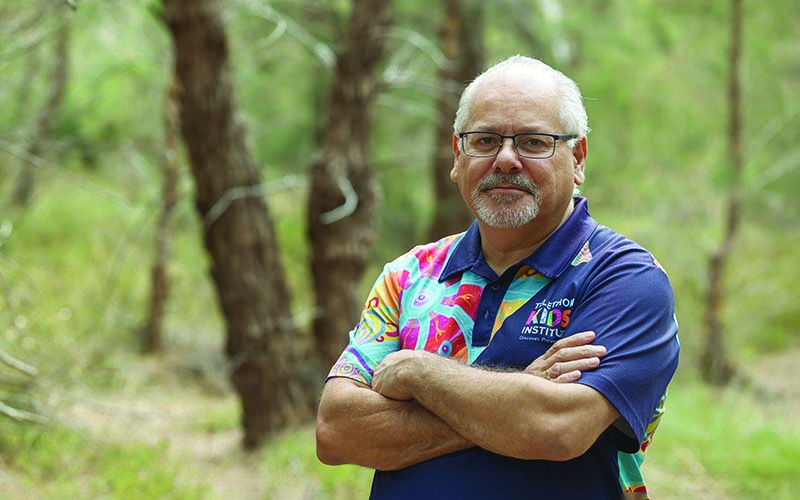Search
Research
New Opportunities for Evidence in Fetal Alcohol Spectrum DisorderRecent research, using objective 3-dimensional facial imaging, has found differences between the facial shape of individuals with FAS and the facial shape of individuals without FAS or with partial FAS
Research
Prevalence and patterns of alcohol use in pregnancy in remote Western Australian communities: The Lililwan ProjectAlcohol use in pregnancy is thought to be common in remote Australian communities, but no population-based data are available.
Research
Study protocol for screening and diagnosis of fetal alcohol spectrum disorders (FASD) among young people sentenced to detention in Western AustraliaThis study aims to establish FASD prevalence among sentenced young people in detention in Western Australia (WA)
Research
Maternal Alcohol Use Disorder and Risk of Child Contact with the Justice System in Western Australia: A Population Cohort Record Linkage StudyChildren who were exposed to a maternal alcohol use disorder had significantly increased odds of contact with the justice system.
Research
Fetal alcohol spectrum disorders: Notifications to the Western Australian Register of Developmental AnomaliesThere is increasing attention on fetal alcohol spectrum disorders (FASD) in Australia, but there are limited data on their birth prevalence.
Research
Intellectual disability: Population-based estimates of the proportion attributable to maternal alcohol use disorder during pregnancyThe aim of this study was to examine the association between maternal alcohol use disorder and intellectual disability in children.
Research
Changes in health professionals' knowledge, attitudes and practice following provision of educational resourcesWe provided health professionals in Western Australia (WA) with educational resources about prevention of prenatal alcohol exposure and fetal alcohol...
Research
Exploring Hope in Australian Justice Involved Youth with Fetal Alcohol Spectrum DisorderHope is well recognised as a positive protective factor for mental health, improved coping responses to adverse childhood events and better educational outcomes. Hope is composed of synergistic constituents – agency and pathway. A retrospective chart review was conducted of 53 justice-involved youths (10−17 years old) who underwent Fetal Alcohol Spectrum Disorder (FASD) diagnostic assessments with Patches in Western Australia between 2019 and 2020.

The Kids Research Institute Australia has been among a growing number of voices passionately advocating for an overhaul of the way young people in detention are managed in Western Australia.
Research
‘We do what we can as soon as we can’ Alcohol and Other Drug workforce perspectives on preventing and responding to prenatal alcohol exposureEvidence based strategies are needed to enhance the ability of the Alcohol and Other Drugs (AOD) sector to prevent prenatal alcohol exposure (PAE) and harms including Fetal Alcohol Spectrum Disorder (FASD). In Australia FASD prevention research has largely focused on primary care and child development sectors, while little research has been conducted with AOD services providing comprehensive support to high risk women.
